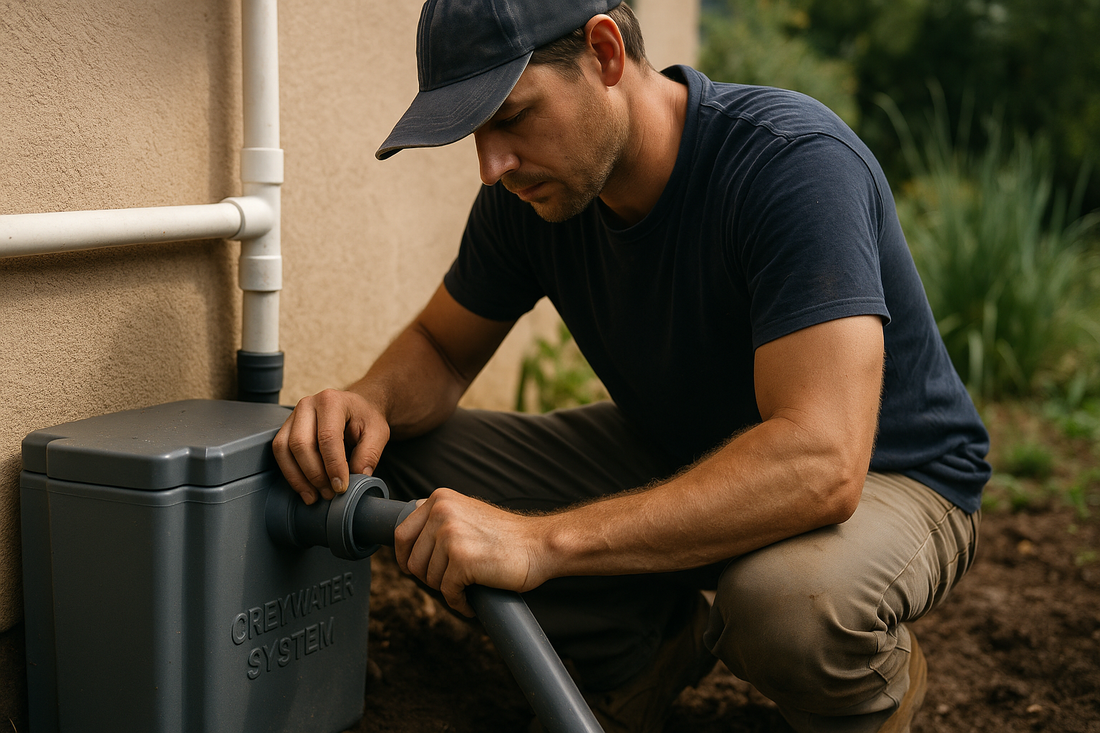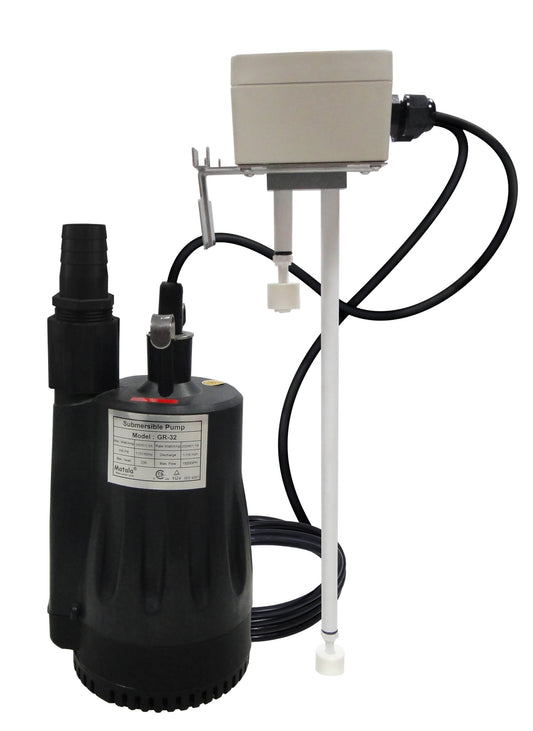
Do I Need to Use Traps and Vents in Greywater Plumbing?
Mason LogueTL;DR
Most building codes require greywater to be diverted after a fixture’s P-trap and vent. However, in some cases it’s safe and functional to install the diverter before the P-trap, especially in sink setups. While traps and vents are essential for sewer-bound plumbing, they’re not always needed on the greywater side—because that system is disconnected from sewer gases.
The Role of Traps and Vents in Standard Plumbing
In traditional drain systems, two components play crucial roles:
- P-Traps: Prevent sewer gases from entering the home by holding a small amount of water in a U-shaped bend.
- Vents: Release air pressure and sewer gases, and allow water to flow smoothly down the drain without siphoning the trap dry.
When your drain is connected to a septic or sewer line, both traps and vents are non-negotiable. They protect your indoor air quality and ensure smooth drainage.
Greywater Systems Work Differently
When greywater is diverted away from the sewer—say, to irrigate your garden using a system like the Aqua2use GWDD—the dynamics change.
What Happens If You Bypass the Trap?
If you install the diverter before the P-trap:
- The sewer line is blocked when greywater is flowing, thanks to the diverter valve.
- This physically prevents sewer gases from entering the greywater line.
- So, on the greywater side, a P-trap is no longer required.
This setup is common in systems where:
- You want to manually control greywater flow (e.g., in the kitchen or bathroom sink).
- The diverter is located in the trap arm, allowing easy access without major plumbing changes.
What About Vents?
Vents are still necessary for the fixture itself, to keep the standard plumbing working properly. But the greywater drain doesn’t need a vent, since it’s:
- Not connected to the sewer
- Not subject to sewer gas pressure
Without a vent on the greywater line, you may experience slower draining or gurgling sounds, but it will still function safely.
What the Code Says
Most plumbing codes (e.g., California Plumbing Code, IPC) specify:
- Greywater must be diverted after the P-trap and vent
- Diverters should not interfere with normal fixture operation
However, localized exceptions and interpretations exist—especially for residential systems. Always check your local building codes and permit requirements.
“When ever possible, greywater should be diverted downstream of the fixture’s p-trap and vent (this is also required by most codes).” – Water Wise Group best practice guidance
FAQ: Traps & Vents in Greywater Plumbing
Do I need a P-trap on my greywater drain?
Not if the diverter valve blocks the sewer connection. But the fixture itself still needs a P-trap.
Will a greywater line without a vent work?
Yes, but it might drain more slowly or gurgle.
Is it safe to install the diverter before the trap?
Yes, if the sewer side is fully blocked when greywater is flowing. Many greywater kits are designed this way for convenience.
Do I need to vent the greywater side of the system?
No. Since there are no sewer gases, venting isn’t required on the greywater drainline.
Final Word: Design Smart, Drain Safe
Greywater plumbing doesn’t always follow the same rules as traditional wastewater systems. If you’re using a system like Aqua2use, your focus should be on:
- Proper diverter placement
- Safe flow control
- Compliance with local codes
For help with setup or code-compliant installations, visit Water Wise Group or speak to a qualified greywater installer. Many Aqua2use users have reported long-term success—even in DIY setups, tiny homes, and off-grid applications







